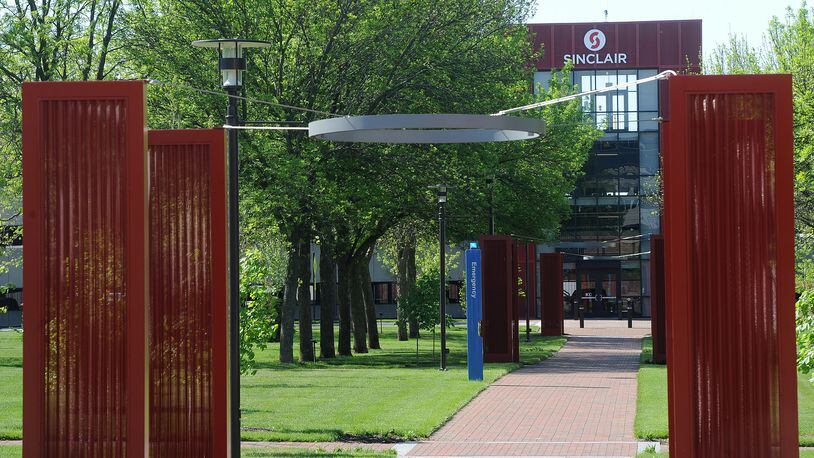Sinclair, Wright State University and the University of Dayton said their goals are to support students through the hardship.
Wright State President Sue Edwards told board members that students who were within 12 hours of graduation and left the school were a part of her plan to help increase enrollment. At Wright State, enrollment fell from 19,698 students in fall 2010 to 12,334 in fall 2020, according to data from the Ohio Department of Higher Education. The falling enrollment trend is a long-term issue for Wright State.
“We are reconnecting with those students by phone to say we’re here, we wish you to come back, we want to incentivize you to return and to complete your degree,” Edwards said. “Because we know that students who do not complete their degrees end up with a large amount of debt and they also end up with not the same earning power.”
Enrollment has also fallen at Sinclair in the last 10 years, according to the Ohio Department of Higher Education. In fall 2010, 26,043 students were enrolled, while in fall 2020, 18,742 students were enrolled.
A spokesman for the University of Dayton said many students who leave UD indicate they would like to return eventually. The university contacts them after each semester to offer support and guidance about possibly returning for the next semester.
Both University of Dayton and Sinclair said they have retention rates of around 90% in the past five years. Retention is a measure of how many students return to the university year after year to complete their degrees.
Wright State’s retention rate ranged between 61% and 65% in the last five years, according to the university.
Murka said Sinclair will also work with students before they drop out of school. Sinclair serves a more non-traditional college population, with their average student around 29 years old, he said.
That means those students generally have more challenges and responsibilities than someone just out of high school.
Tim Littell, associate vice provost of Student Success at Wright State University, said at Wright State staff members reach out to students who are close to graduating with their degrees and will work with the student to get them back into their degree. Sinclair has a similar process.
“We’ve created a process of coordinated care to reach out to 56 of our nearest-completers and 176 of our near-completers to shepherd these students through the re-enrollment process — starting with an educational plan so they know what courses and how many terms until they can earn their degree,” Littell said. “They will also be eligible for a completion scholarship to help fund their tuition.”
Littell said the university will work with them until they graduate.
He noted that about one in three students who leave the university before their degree is finished complete their degree elsewhere.
Littell said students who leave school often are doing well academically. But life gets in the way and the student ends up taking time off.
“We want to help students to come back when they are ready,” he said. “And we are hoping that we can provide the necessary support to make now be the time when they are ready.”
About the Author
